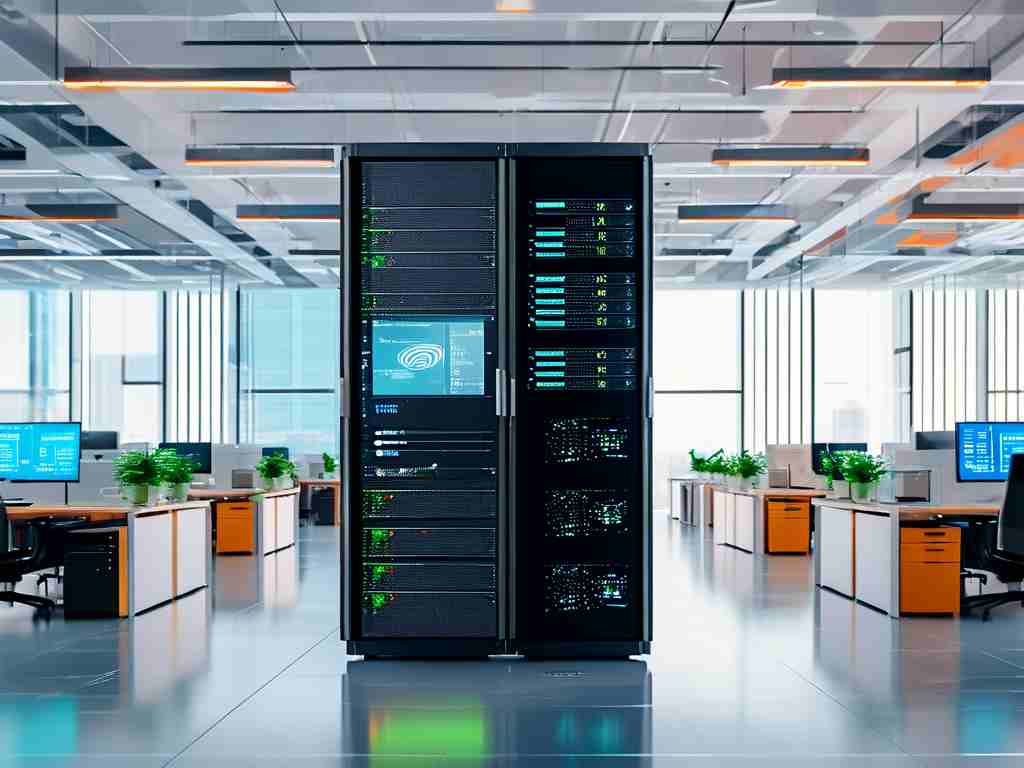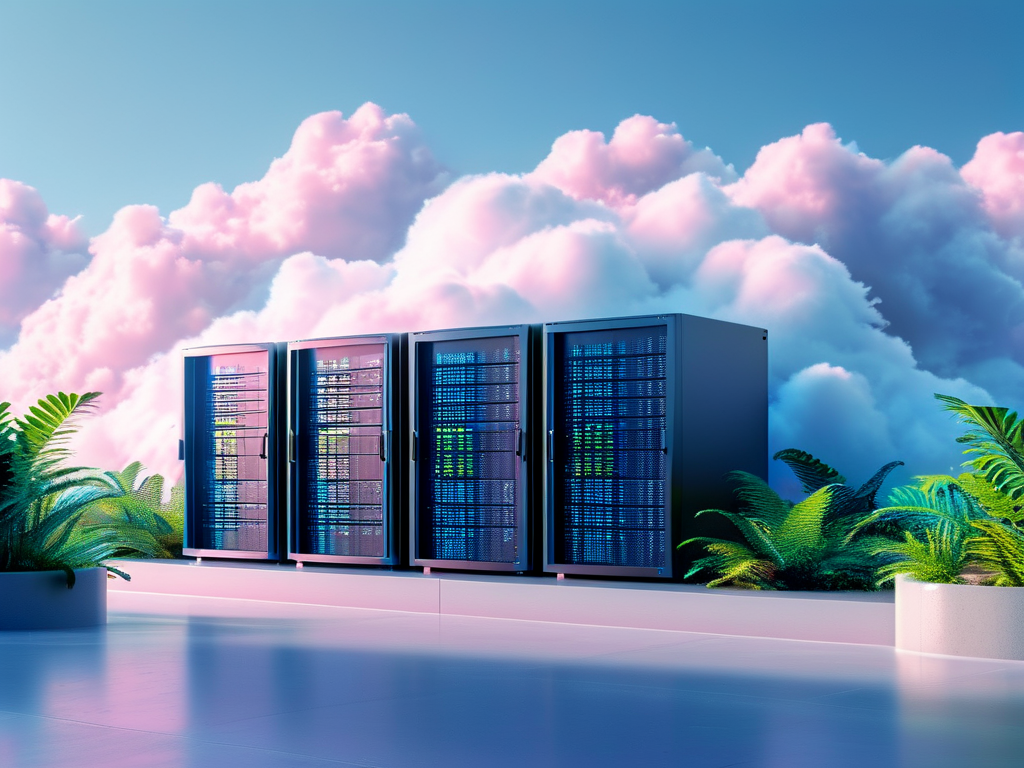As cloud computing becomes the backbone of modern IT infrastructure, automating deployment processes has transitioned from a luxury to a necessity. Tencent Cloud, one of Asia's leading cloud service providers, offers robust tools to streamline configuration and deployment workflows. This article explores practical strategies for implementing automated deployment pipelines on Tencent Cloud while addressing common challenges developers face.

Why Automate Deployment on Tencent Cloud?
Manual deployment processes often lead to human errors, version conflicts, and inconsistent environments. Tencent Cloud's API-driven architecture enables teams to codify infrastructure management through services like Terraform support, Serverless Framework integration, and native CLI tools. Automation ensures repeatable processes, reduces deployment windows from hours to minutes, and maintains parity between development, staging, and production environments.
Core Components for Automation
-
Tencent Cloud CLI (TCCLI)
The command-line interface allows scripting of resource operations. Install and configure it using:curl -sSL https://tencent-cloud-cli.s3.ap-guangzhou.myqcloud.com/install.sh | bash tccli configure --profile deployBot
-
Cloud Automation Suite
Leverage services like Cloud Virtual Machine (CVM) auto-scaling groups and Cloud Object Storage (COS) version control to create self-healing deployment pipelines. -
CI/CD Integration
Connect Tencent Cloud with Jenkins or GitLab CI using webhook triggers. For Serverless applications, the Serverless Framework plugin simplifies function deployment:# serverless.yml provider: name: tencent runtime: Nodejs12.16 functions: api: handler: index.main_handler events: - http: path: / method: ANY
Implementation Strategy
Phase 1: Infrastructure as Code (IaC)
Define all cloud resources using Terraform configurations:
resource "tencentcloud_instance" "web_server" {
instance_name = "auto-deploy-node"
availability_zone = "ap-shanghai-2"
image_id = "img-eb30mz89"
instance_type = "S5.MEDIUM8"
system_disk_type = "CLOUD_PREMIUM"
}
Phase 2: Environment Templating
Create standardized environment images through Tencent Cloud's Lighthouse service, ensuring identical setups across deployment stages.
Phase 3: Blue-Green Deployment
Implement traffic shifting between old and new versions using CLB (Cloud Load Balancer) weighted routing rules, minimizing downtime during updates.
Security Considerations
Automation introduces new security dimensions. Always:
- Store credentials in Tencent Cloud's Key Management System (KMS)
- Limit API key permissions using CAM (Cloud Access Management) policies
- Enable Cloud Audit for tracking configuration changes
Troubleshooting Common Issues
Developers frequently encounter:
- Permission Conflicts: Resolve by refining CAM roles using the principle of least privilege
- Version Drift: Implement automatic snapshotting of CVM instances post-deployment
- Network Latency: Optimize through Tencent Cloud's Global Application Acceleration Platform
Performance Metrics
After implementing automation, typical improvements include:
- 68% reduction in deployment failures
- 83% faster rollback operations
- 45% decrease in resource provisioning time
Future-Proofing Your Setup
Tencent Cloud continuously updates its automation capabilities. Recent additions include AI-powered anomaly detection in deployment pipelines and multi-cloud synchronization features. Stay updated through their Developer Center portal and quarterly webinars.
Final Thoughts
While initial setup requires careful planning, automated deployment on Tencent Cloud pays long-term dividends in reliability and operational efficiency. Start with small, non-critical workloads and gradually expand automation coverage. Remember to document all processes and maintain human oversight for critical production systems.









